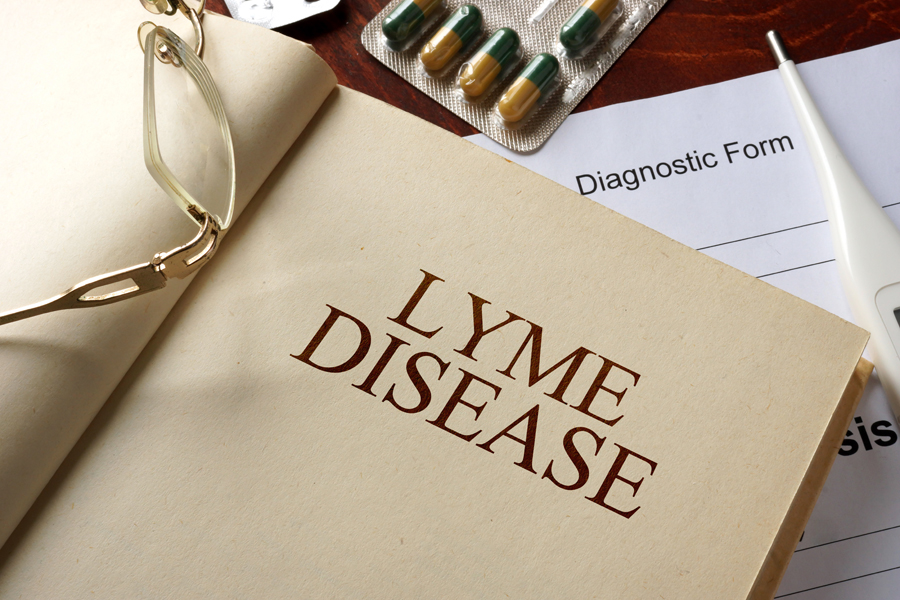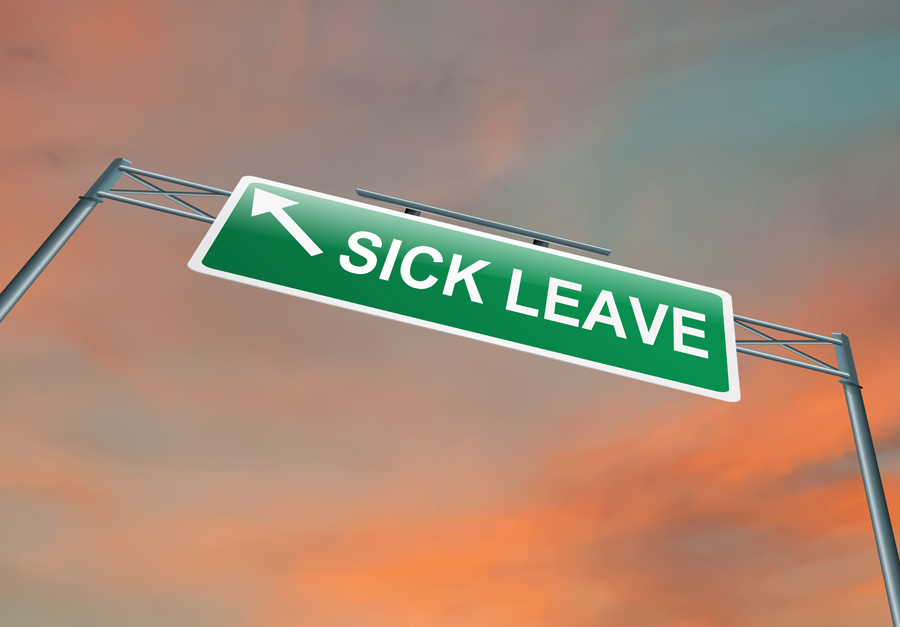Steroid use can lead to long-term treatment failure for Lyme disease patients
Several studies have documented the consequences steroids pose to patients with Lyme disease. Most recently, researchers from Massachusetts Eye and Ear and Harvard Medical School published a retrospective study which described an "association between corticosteroid use in acute LDFP [Lyme disease-associated facial palsy] and worse long-term facial function outcomes." [1]
Women with chronic Lyme disease may suffer from a severe immune response triggered by the disease
Women with chronic manifestations of Lyme disease (LD) are often told they suffer from a variety of other illnesses including depression, rheumatoid arthritis, fibromyalgia and chronic fatigue syndrome or unexplained medical symptoms.
How big is the risk of Lyme disease to your job?
As many as 440,000 people are diagnosed with Lyme disease each year, with an average of $3,000 spent annually per patient on treatment. Overall, the financial costs to society are staggering. Our healthcare system is spending between $712 million and $1.3 billion each year to treat Lyme disease and any lingering illnesses associated with it. [1]
But what is the cost to the patients who find themselves too sick to work as they once did? Aside from the physical and emotional impact, the illness can drive individuals and families into financial ruin.
How important are T-cell chemokines in chronic manifestations of Lyme disease?
Researchers at Johns Hopkins University School of Medicine recently conducted a study to investigate the potential association between post-treatment Lyme disease syndrome (PTLDS) and immune mediator levels during the acute phase of illness.
How to kill a tick on your clothes
In 2013, a 16-year-old high school student from Braintree, Massachusetts wondered how long it would take to actually kill a tick in a dryer. The Centers for Disease Control and Prevention (CDC) had long insisted that it took at least one hour on high heat in a dryer to successfully kill ticks. But their recommendation was only based on one published study.
Watch and wait approach does not work for Lyme disease
There are doctors who do not treat Lyme disease (LD) longer than three weeks. Patients who remain ill are informed that they suffer from Post-Treatment Lyme Disease Syndrome (PTLDS). PTLDS is described as: "persistent symptoms, defined by either fatigue, musculoskeletal pain in at least three areas of the body, and/or cognitive complaints of difficulty finding words, focusing, concentrating or memory impairment and functional impairment on a Short Form (36) Health Survey (SF-36)." [1]
Sweats may be a sign of Babesia
Sweats have been reported in patients with Babesia. [1] This finding is no surprise given that Babesia is related to Malaria, a vector-borne disease, well-known to cause sweats. Nearly half (46%) of the patients in a New England study, who presented with a combination of Babesia and Lyme disease (LD), reported having sweats. [2]
Diversity of Borrelia burgdorferi strains may explain treatment failures
Researchers have struggled to understand why 1 out of 3 Lyme disease (LD) patients remain ill on follow-up despite treatment. [1-3] Strain virulence, [4-11] treatment delays, [12-14] exposure to steroids, [12,15] and the presence of co-infections [16] have all been implicated as possible reasons for treatment failures.
Even more evidence of Lyme disease in the South
Ticks capable of transmitting the bacteria which causes Lyme disease (LD) are now present in almost half of all the counties in the continental United States. Blacklegged (or deer) ticks have been found in 1,420 of the 3,110 counties in the U.S. (or about 46%), according to researchers from the Centers for Disease Control and Prevention (CDC). [1]
Lyme disease can cost billions
The cost of Lyme Disease (LD) can be significant for patients with acute LD. The average cost of early LD was $1,310 based on data collected between 1997 and 2000 from patients living in five counties along the eastern shore of Maryland -- an area endemic for LD. [1]












